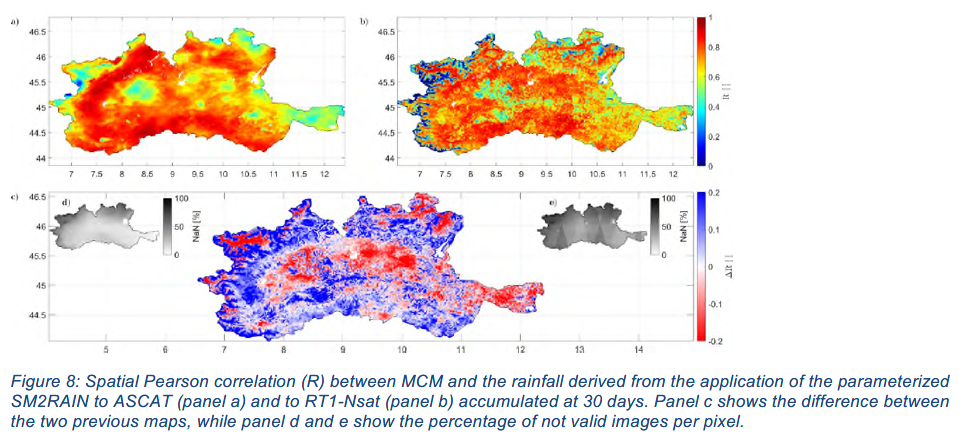Resolving the Daily Water Cycle over Land with Radar Satellites
The overall aim of DWC-Radar was to assess the potential for monitoring components of the daily water cycle using spaceborne radar observations by exploiting the availability of five contemporary C-band radar instruments in space. While the project led to a better understanding of the daily water cycle, it also provided scientific know-how, algorithms, and datasets to the proposed Earth Explorer 10 Hydroterra. Furthermore, the project will demonstrate the high practical utility of daily soil moisture and rainfall observations as input for three applications, namely irrigation water use mapping, flood forecasting and landslide risk assessment.
The project results clearly demonstrated the benefit of high-resolution backscatter data, and subsequently soil moisture data with high accuracy. Especially applications such as rainfall retrieval, irrigation, flood and landslide prediction can benefit greatly from this. The results of the project were directly disseminated to the Hydroterra Mission Advisory Group, and Wolfgang Wagner and Raphael Quast contributed to the Earth Explorer 10 Candidate Mission Hydroterra Report for Assessment with DWC-Radar results.


